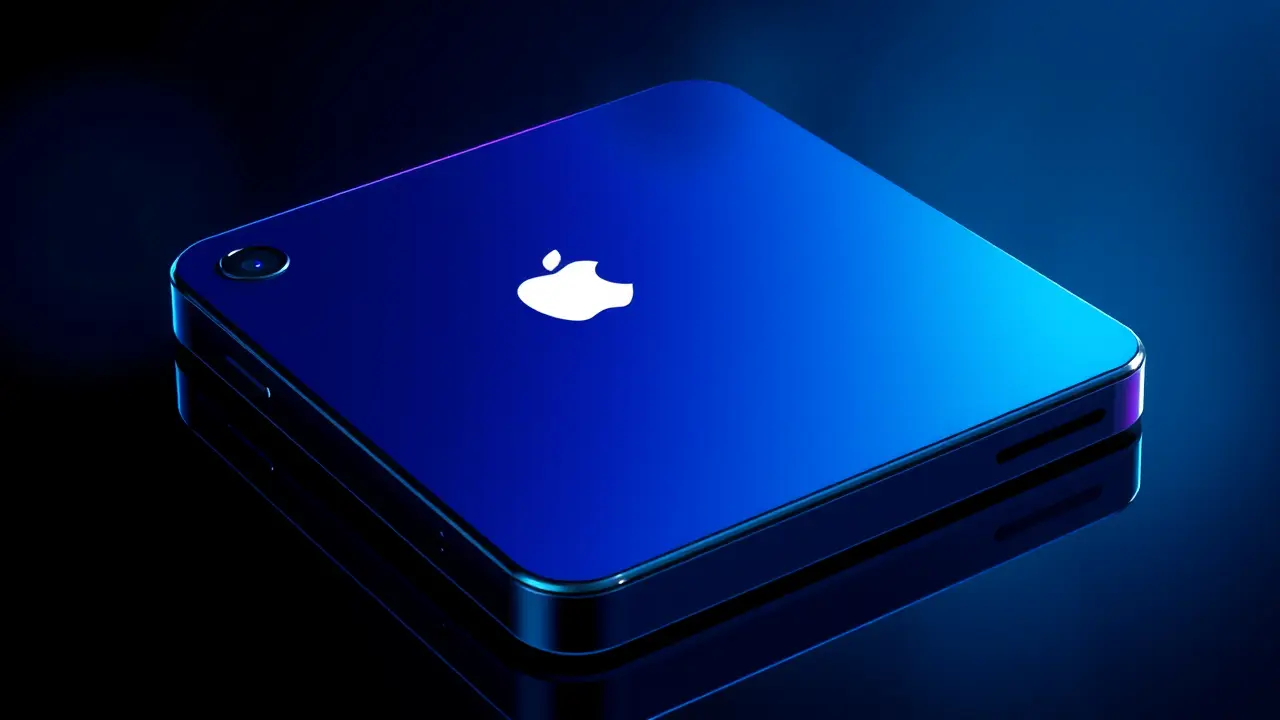Valuable Old Tech Items Collecting Dust
That old iPhone collecting dust in your junk drawer might be worth more than your car, a notion that feels like stumbling upon a forgotten lottery ticket in a coat pocket from another era. According to investment analyst Adam Koprucki, founder of Real World Investor, we're witnessing a fascinating cultural and economic shift where everyday items from the 2000s are transforming into veritable goldmines for collectors, a phenomenon that speaks volumes about our relationship with technology and perceived obsolescence.“The first-generation iPhone, released in 2007, sold for $499 new, but sealed examples now fetch upward of tens of thousands of dollars,” Koprucki notes, a staggering appreciation that rivals many traditional investments and forces a reevaluation of what we casually relegate to the attic. This isn't merely about nostalgia; it's a burgeoning asset class built on scarcity, historical significance, and the emotional weight of objects that fundamentally reshaped human interaction.Think of it like the comic book boom of the mid-20th century, where a copy of 'Action Comics #1' featuring Superman's debut was once just cheap entertainment for kids, not a multi-million dollar artifact. The parallel is uncanny: both represent the physical birth certificates of cultural revolutions, and their value is cemented by their role as the 'firsts' in a now-ubiquitous landscape.Beyond the iconic iPhone, this trend encompasses a whole ecosystem of forgotten tech: original, boxed Nintendo Game Boys, certain limited-edition MP3 players like the first iPod, and even early, functional prototypes of now-commonplace gadgets. The market for these items is driven by a new generation of collectors—digital natives seeking a tangible connection to the hardware that defined their childhoods, alongside shrewd investors hedging against the intangibility of modern assets like cryptocurrency.This creates a fascinating dynamic where an item's functional utility is entirely irrelevant; its value is purely symbolic, historical, and speculative. Experts in material culture point out that the rapid pace of technological advancement accelerates this process, compressing what used to be a century-long journey to 'antique' status into a mere decade.There's also a psychological component at play, a collective yearning for a simpler, more physically-grounded digital era before the endless scroll of cloud-based services. However, this market is not without its pitfalls.Condition is paramount—a pristine, factory-sealed box is the holy grail, while an opened and used item might only be worth a fraction. Authentication is another minefield, with sophisticated fakes and resealed boxes becoming increasingly common, requiring collectors to rely on specialist grading services akin to those used for rare coins or trading cards.The potential consequences are wide-ranging, potentially encouraging more people to consciously 'archive' new technology purchases, treating them not as disposable consumer goods but as potential future heirlooms. It also raises questions about electronic waste and preservation; as we throw away 'obsolete' tech, we might be discarding future cultural treasures.Looking forward, one can only speculate what current tech will become the prized collectible of 2040. Will a first-generation Oculus Rift headset or a sealed Tesla key fob command similar prestige? The market suggests that the key ingredients are cultural impact, limited initial production runs, and that intangible 'magic' of being a pioneer. So, before you finally take that bag of old electronics to the recycling center, it might be worth a quick online search—you could be sitting on a small fortune, a tangible piece of history quietly appreciating in the darkness of your closet, waiting for its second act.
It’s quiet here...Start the conversation by leaving the first comment.
© 2025 Outpoll Service LTD. All rights reserved.
